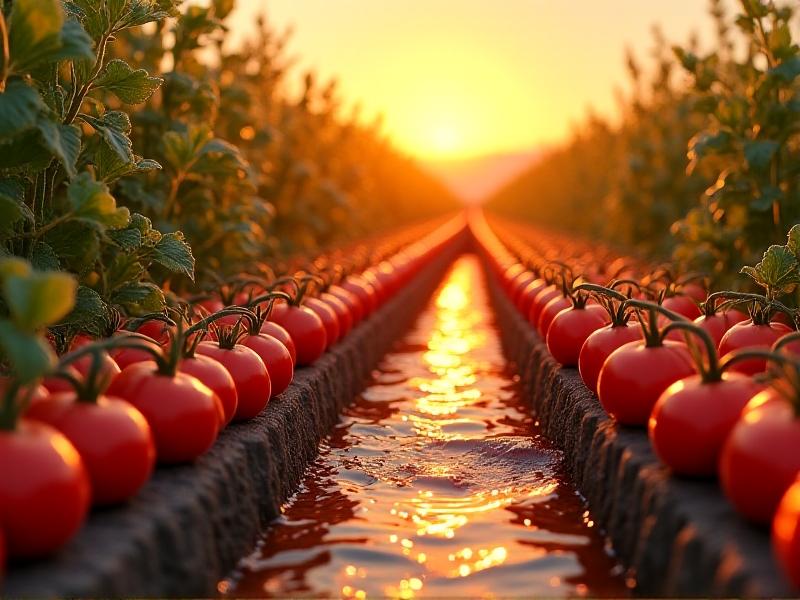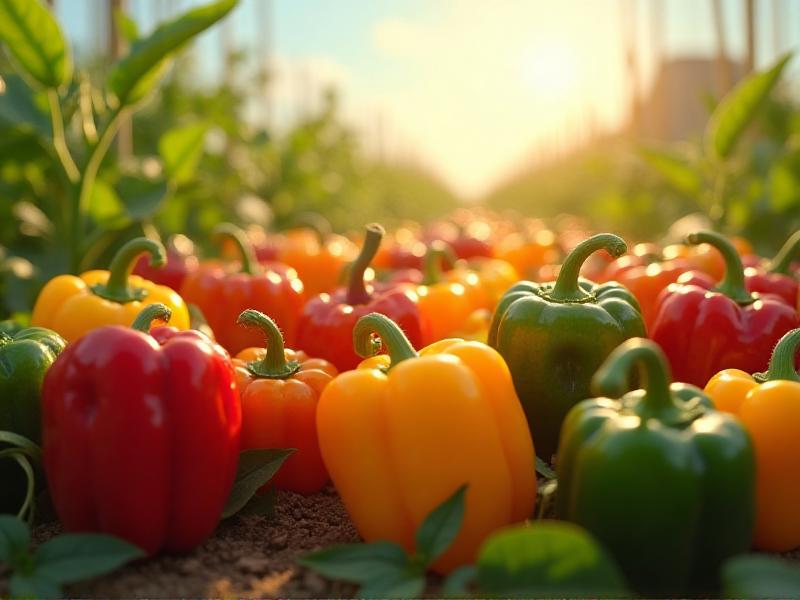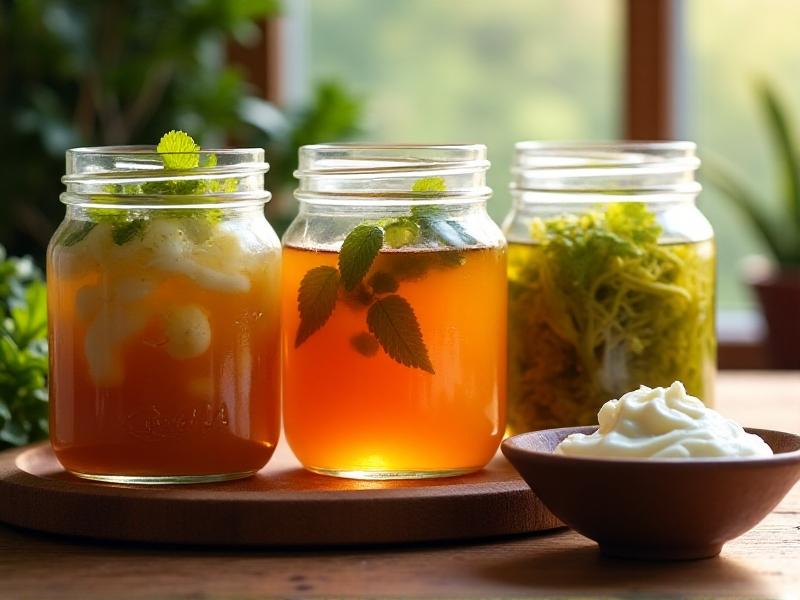Drought-Resistant Chili Farming Advice
Understanding Drought-Resistant Chili Farming
Drought-resistant chili farming is an essential practice for farmers in arid and semi-arid regions. With climate change leading to unpredictable weather patterns, cultivating chili peppers that can thrive with minimal water is becoming increasingly important. This section will explore the basics of drought-resistant chili farming, including the benefits and challenges, as well as the types of chili varieties that are best suited for these conditions.
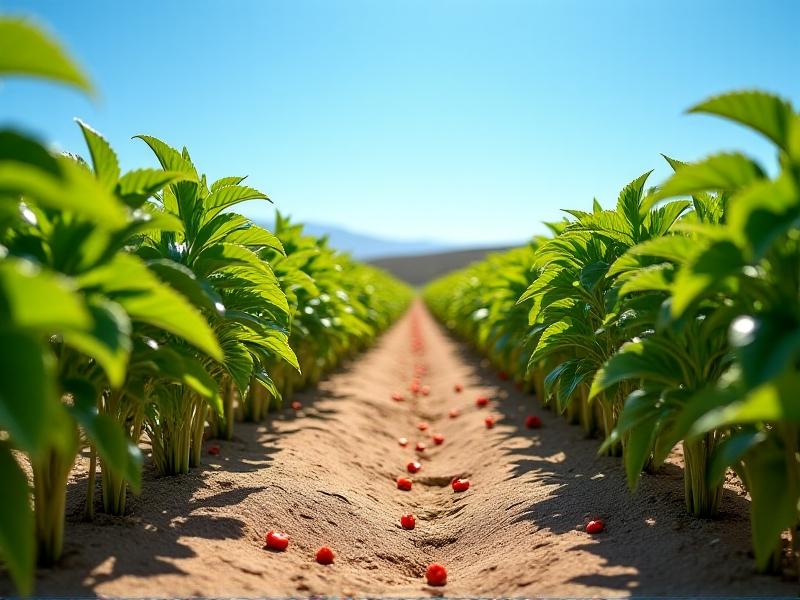
Selecting the Right Chili Varieties
Choosing the right chili varieties is crucial for successful drought-resistant farming. Some chili peppers are naturally more tolerant to dry conditions, such as the Cayenne, Serrano, and Tabasco varieties. These types have evolved to survive in hot, arid climates, making them ideal for water-scarce environments. This section will discuss the characteristics of these varieties and provide tips on how to select the best seeds for your farm.
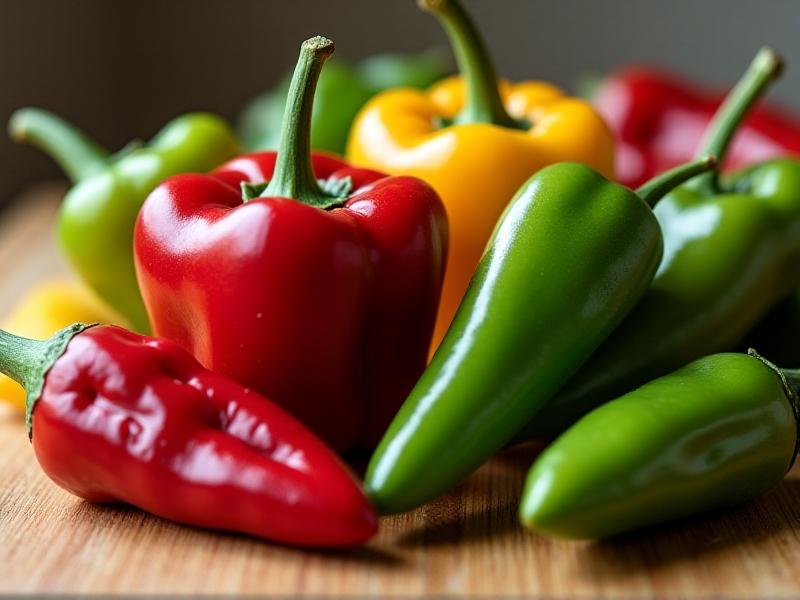
Soil Preparation and Management
Healthy soil is the foundation of any successful farming operation, and this is especially true for drought-resistant chili farming. Proper soil preparation can help retain moisture, improve drainage, and provide essential nutrients to the plants. This section will cover techniques such as mulching, composting, and soil testing, as well as how to manage soil health throughout the growing season to ensure your chili plants remain resilient in dry conditions.
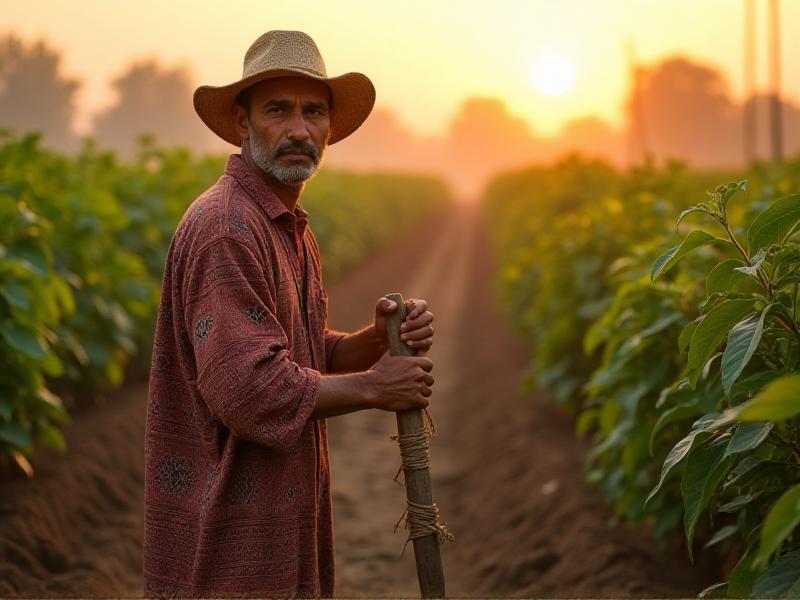
Efficient Watering Techniques
Water is a precious resource, and using it efficiently is key to drought-resistant chili farming. Techniques such as drip irrigation, rainwater harvesting, and scheduling watering during cooler parts of the day can help conserve water while ensuring your chili plants receive the moisture they need. This section will delve into these methods and provide practical advice on how to implement them on your farm.
Pest and Disease Management
Drought-stressed plants can be more susceptible to pests and diseases, making effective management crucial. This section will explore organic and sustainable methods for controlling common chili pests and diseases, such as aphids, spider mites, and fungal infections. By maintaining plant health and using natural remedies, you can protect your chili crop without relying on harmful chemicals.
Harvesting and Post-Harvest Practices
Harvesting your chili peppers at the right time and handling them properly after harvest can significantly impact their quality and shelf life. This section will provide guidance on when and how to harvest your chili peppers, as well as tips for drying, storing, and processing them to maximize their value and ensure they remain fresh and flavorful.
Marketing and Selling Your Drought-Resistant Chili
Once your chili peppers are ready, the next step is to bring them to market. This section will discuss strategies for marketing and selling your drought-resistant chili, including identifying your target audience, setting competitive prices, and exploring different sales channels such as farmers' markets, online platforms, and local restaurants. By effectively promoting your product, you can maximize your profits and build a loyal customer base.
Future Trends in Drought-Resistant Chili Farming
As the demand for sustainable and resilient farming practices grows, so does the innovation in drought-resistant chili farming. This section will explore emerging trends and technologies, such as precision agriculture, genetic engineering, and climate-smart farming techniques, that are shaping the future of chili cultivation. By staying informed and adopting these advancements, you can ensure your farm remains competitive and sustainable in the years to come.


